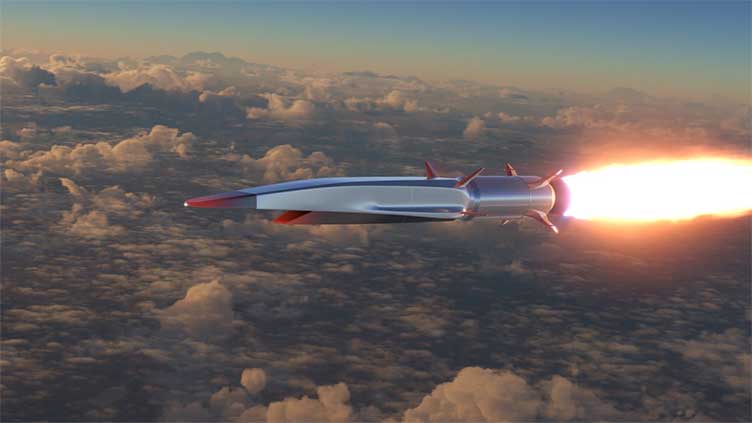Golden Dome: a proposed US missile defence system

Technology
Golden Dome will build from the long legacy of existing US missile defence systems
(Web Desk) - US President Donald Trump announced a plan to build a missile defence system, called the Golden Dome, on May 20, 2025. The system is intended to protect the United States from ballistic, cruise and hypersonic missiles, and missiles launched from space.
Trump is calling for the current budget to allocate US$25 billion to launch the initiative, which the government projected will cost $175 billion. He said Golden Dome will be fully operational before the end of his term in three years and will provide close to 100% protection.
The Conversation U.S. asked Iain Boyd, an aerospace engineer and director of the Center for National Security Initiatives at the University of Colorado Boulder, about the Golden Dome plan and the feasibility of Trump’s claims. Boyd receives funding for research unrelated to Golden Dome from defense contractor Lockheed Martin.
Several countries, including China, Russia, North Korea and Iran, have been developing missiles over the past few years that challenge the United States’ current missile defence systems.
These weapons include updated ballistic missiles and cruise missiles, and new hypersonic missiles. They have been specifically developed to counter America’s highly advanced missile defence systems such as the Patriot and the National Advanced Surface-to-Air Missile System.
For example, the new hypersonic missiles are very high speed, operate in a region of the atmosphere where nothing else flies and are manoeuvrable. All of these aspects combined create a new challenge that requires a new, updated defensive approach.
Russia has fired hypersonic missiles against Ukraine in the ongoing conflict. China parades its new hypersonic missiles in Tiananmen Square.
So it’s reasonable to think that, to ensure the protection of its homeland and to aid its allies, the U.S. may need a new missile defense capability.
Ukrainian forces are using the U.S.-made Patriot missile defence system against Russian ballistic missiles.
Such a defence system requires a global array of geographically distributed sensors that cover all phases of all missile trajectories.
First, it is essential for the system to detect the missile threats as early as possible after launch, so some of the sensors must be located close to regions where adversaries may fire them, such as by China, Russia, North Korea and Iran. Then, it has to track the missiles along their trajectories as they travel hundreds or thousands of miles.
These requirements are met by deploying a variety of sensors on a number of different platforms on the ground, at sea, in the air and in space. Interceptors are placed in locations that protect vital U.S. assets and usually aim to engage threats during the middle portion of the trajectory between launch and the terminal dive.
The U.S. already has a broad array of sensors and interceptors in place around the world and in space primarily to protect the U.S. and its allies from ballistic missiles. The sensors would need to be expanded, including with more space-based sensors, to detect new missiles such as hypersonic missiles. The interceptors would need to be enhanced to enable them to address hypersonic weapons and other missiles and warheads that can manoeuvre.
Intercepting hypersonic missiles specifically involves several steps.
First, as explained above, a hostile missile must be detected and identified as a threat. Second, the threat must be tracked along all of its trajectory due to the ability of hypersonic missiles to manoeuvre. Third, an interceptor missile must be able to follow the threat and get close enough to it to disable or destroy it.
The main new challenge here is the ability to track the hypersonic missile continuously. This requires new types of sensors to detect hypersonic vehicles and new sensor platforms that are able to provide a complete picture of the hypersonic trajectory. As described, Golden Dome would use the sensors in a layered approach in which they are installed on a variety of platforms in multiple domains, including ground, sea, air and space.
These various platforms would need to have different types of sensors that are specifically designed to track hypersonic threats in different phases of their flight paths. These defensive systems will also be designed to address weapons fired from space. Much of the infrastructure will be multipurpose and able to defend against a variety of missile types.
In terms of time frame for deployment, it is important to note that Golden Dome will build from the long legacy of existing U.S. missile defence systems. Another important aspect of Golden Dome is that some of the new capabilities have been under active development for years. In some ways, Golden Dome represents the commitment to actually deploy systems for which considerable progress has already been made.


